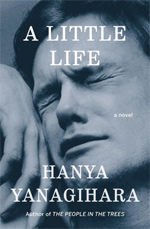 The term “fairy tale” describes circumstances or things notably blessed with great happiness and good fortune, such as a fairy tale ending or a fairy tale wedding or romance.
The term “fairy tale” describes circumstances or things notably blessed with great happiness and good fortune, such as a fairy tale ending or a fairy tale wedding or romance.
In the centuries-old form of oral and written storytelling, those unjustly harmed, downtrodden and beleaguered are rescued and showered with rewards and love. The compensation arrives by various forms of magic and divine intervention. Modern fairy tales focus almost exclusively on the glorious rewards and glosses over the cruelties that precede them. Before fairy tales evolved into children’s entertainment (and further, were cinematically Disney-fied), they were actually as macabre and violent as anything Quentin Tarantino could wickedly concoct.
And that’s where I arrive at a way of encapsulating and working my way to some kind of recovery from the reading experience that is A Little Life by Hanya Yanagihara. Days since my eyes slipped from the end of what did not feel like page 720 because it went so swiftly, I’m still digesting and reeling from what is essentially a fairy tale, with an intense concentration of abuse and sorrow thrown up against an equally dense compression of transcendent joy, accomplishment and love encompassed in this book.
Four young men graduate from a small Massachusetts college and remain friends as they pursue their lives and careers in New York. The book traces the relationships of actor Willem, artist JB, architect Malcolm and lawyer Jude from post adolescence to late adulthood. The era in which their story unfolds is not specific, but is contemporary. As the friends move from youth to maturity and to notable measures of success, theirs is literally and figuratively a rich universe, strangely cloistered from or devoid of financial considerations or the influence of technological change or world events. (Set in New York City and environs, a notable historical event is almost startlingly absent.)
The relationships of the four young men intertwine and at times unravel, then spool back, in believable and organic fashion over the years. Increasingly implausible, however, is the tolerated mystery around the horrific traumas in Jude’s early life, which inform and affect his savagely self-abusive behaviour as an adult. As readers, we learn more than Jude’s friends, adoptive family and ostensibly close circle about the nature and extent of these traumas, making his behaviour and secrecy perversely understandable, but as frustrating for knowing it as not.
Simultaneously frustrating and awe-inspiring is Jude’s contemplation later in life, when it would be fair to say that life has continued to test with rollercoaster alternations of happiness and grief:
“It had always seemed to him a very plush kind of problem, a privilege, really, to consider whether life was meaningful or not. He didn’t think his was. But this didn’t bother him so much.
“And although he hadn’t fretted over whether his life was worthwhile, he had always wondered why he, why so many others went on living at all; it had been difficult to convince himself at times, and yet so many people, so many millions, billions of people, lived in misery he couldn’t fathom, with deprivations and illnesses that were obscene in their extremity. And yet on and on and on they went.”
Even frustrated and repeatedly pummelled along the way, the reader is drawn so inexorably into this extended, grim fairy tale of a story. A Little Life (the title itself is many-layered, and appears as a phrase in one of the book’s most wrenching scenes) is dream-like, but like the most haunting dreams, it is pervasive, puzzling, tormenting and deeply moving when one wakes … or when one closes the book. It is a sprawling, horrendous, heartwrenching, uplifting Cinderella story – where, fortunately and marvellously, the evil step-parent trope is upended.
There is much one can clinically criticize or dissect about A Little Life, but so very much one cannot emotionally or even spiritually dismiss.
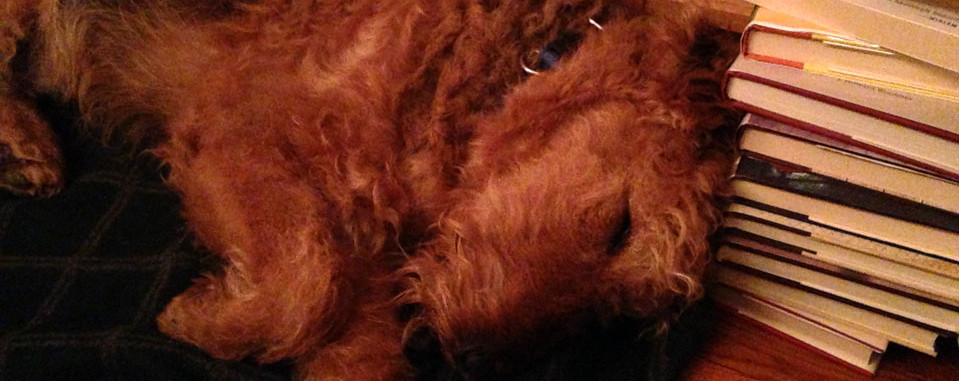
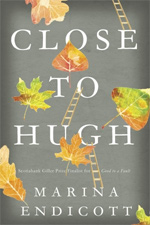
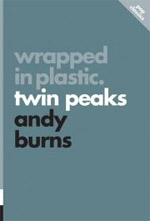 This slim collection of essays is an infectious appreciation of arguably (well, you get no argument from me) one of the most influential and defining creations ever to come out of television, the David Lynch / Mark Frost collaboration Twin Peaks. Author and pop culture aficionado Andy Burns (editor-in-chief of pop compendium web site
This slim collection of essays is an infectious appreciation of arguably (well, you get no argument from me) one of the most influential and defining creations ever to come out of television, the David Lynch / Mark Frost collaboration Twin Peaks. Author and pop culture aficionado Andy Burns (editor-in-chief of pop compendium web site 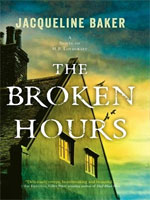
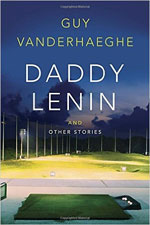
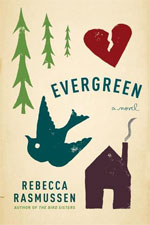
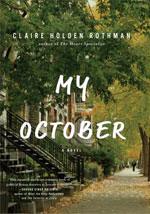 Claire Holden Rothman reimagines Hugh MacLennan’s Canadian literature classic Two Solitudes through the eyes and voices of an extended family touched in various ways by Quebec’s October Crisis. Rather than using her characters as symbols and thematic representations, however, Rothman creates palpably believable human beings touched by social, political and cultural forces, not just those buffeting Quebec in the 1970s, but reaching back to World War II. Beyond those external forces and influences, other connections and secrets are interwoven in the lives of prominent francophone author Luc Levesque, his wife Hannah, who is also the English translator of his works, and their troubled teenage son Hugo. There is an imperative tone to the “My” in the book’s title, driving home that what has happened in this pivotal month affects each character very differently, tests their strength and resourcefulness as individuals and challenges them collectively as a family.
Claire Holden Rothman reimagines Hugh MacLennan’s Canadian literature classic Two Solitudes through the eyes and voices of an extended family touched in various ways by Quebec’s October Crisis. Rather than using her characters as symbols and thematic representations, however, Rothman creates palpably believable human beings touched by social, political and cultural forces, not just those buffeting Quebec in the 1970s, but reaching back to World War II. Beyond those external forces and influences, other connections and secrets are interwoven in the lives of prominent francophone author Luc Levesque, his wife Hannah, who is also the English translator of his works, and their troubled teenage son Hugo. There is an imperative tone to the “My” in the book’s title, driving home that what has happened in this pivotal month affects each character very differently, tests their strength and resourcefulness as individuals and challenges them collectively as a family.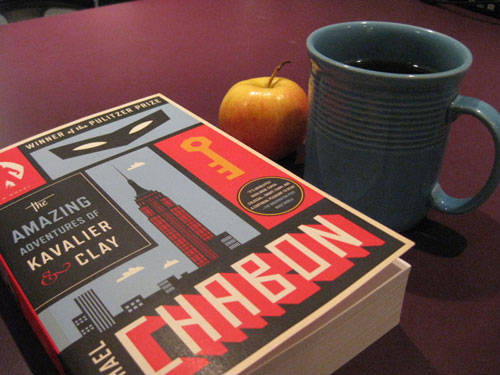
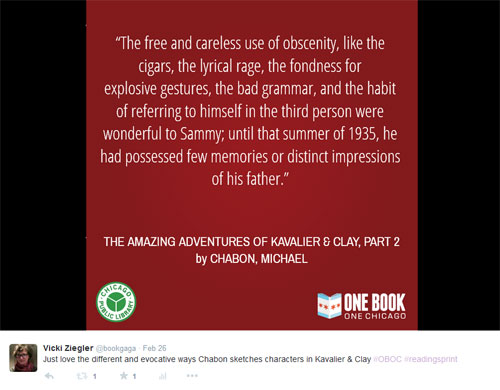
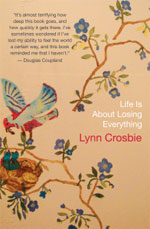 Lynn Crosbie’s Life Is About Losing Everything is a gritty song cycle melding a dizzying array of short story, poetry, microfiction, memoir and more. The story traces a path through depression, addictive behaviours and destructive relationships, seeming to circle back repetitiously but always – sometimes imperceptibly, but always – moving forward. Crosbie wields dark humour, salted with sly, wry but sincerely passionate pop culture references and at times painful self deprecation and loathing. Through grief that is sometimes self inflicted, sometimes simply not fair, she poignantly acknowledges connection with others, even as it fails or is slipping away:
Lynn Crosbie’s Life Is About Losing Everything is a gritty song cycle melding a dizzying array of short story, poetry, microfiction, memoir and more. The story traces a path through depression, addictive behaviours and destructive relationships, seeming to circle back repetitiously but always – sometimes imperceptibly, but always – moving forward. Crosbie wields dark humour, salted with sly, wry but sincerely passionate pop culture references and at times painful self deprecation and loathing. Through grief that is sometimes self inflicted, sometimes simply not fair, she poignantly acknowledges connection with others, even as it fails or is slipping away: